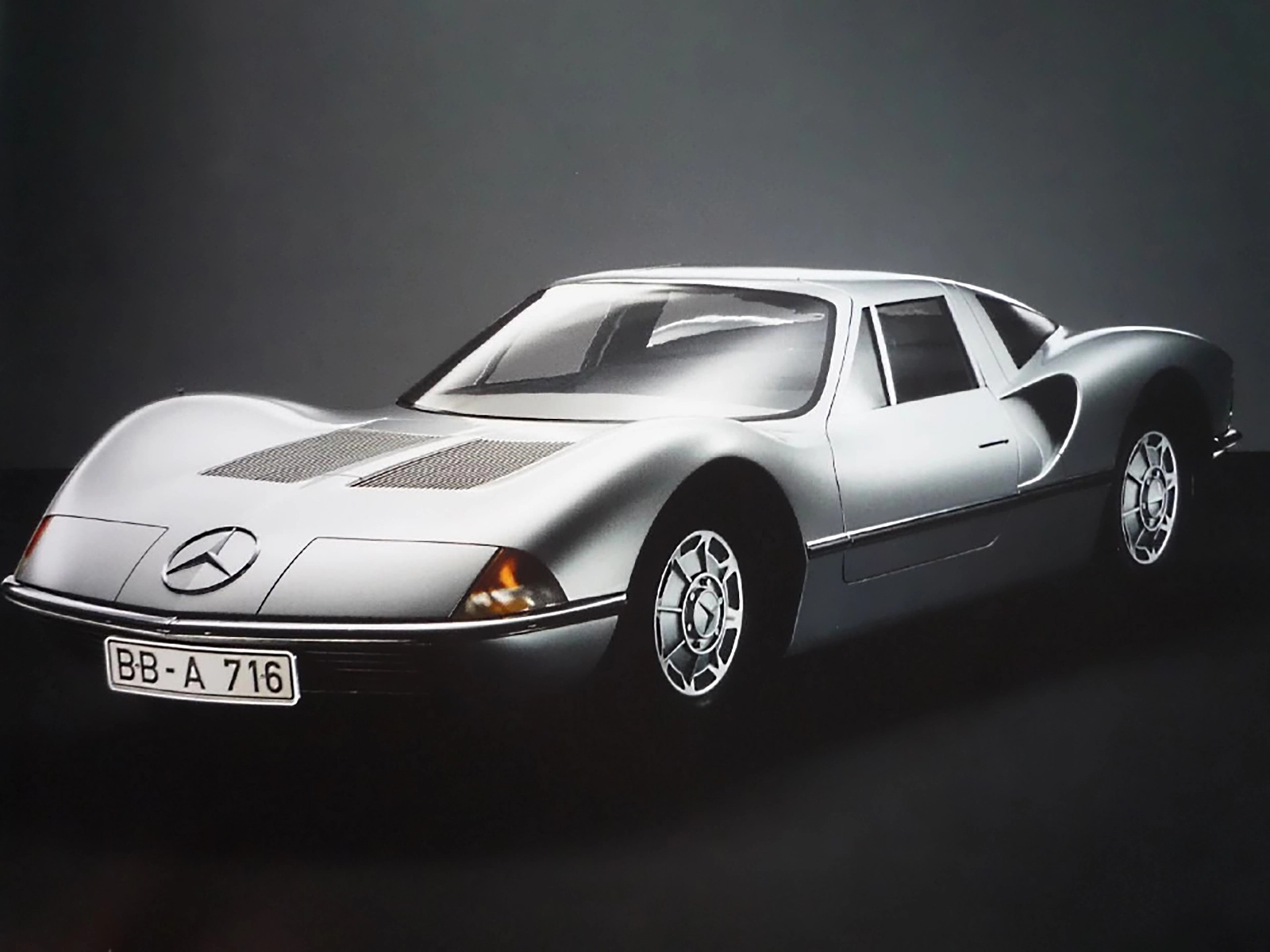Broken Dreams: Mercedes SLX. Stuttgart like Maranello: That No to the Rear Engine
04 January 2025 4 min read 4 images

Photo credit: Mercedes-Benz, Wheelsage
Porsche’s idea of producing winning racing cars with rear engines during the '60s—think of the 550 RS—was copied by many car manufacturers both for the track and for the road. Ferrari, with the 250 P, Abarth with its small sports cars, and Ford with the GT40, as well as Porsche itself with the 904, got Mercedes technical management thinking too. After retiring from racing following the tragedy at Le Mans in 1955, the 300 SL, the famous “Gullwing”, remained the last-standing symbol of the three-pointed star's sportiness.
Register to unlock this article
Signing up is free and gives you access to hundreds of articles and additional benefits. See what’s included in your free membership. See what's included in your free membership.
Already have an account? Log In


